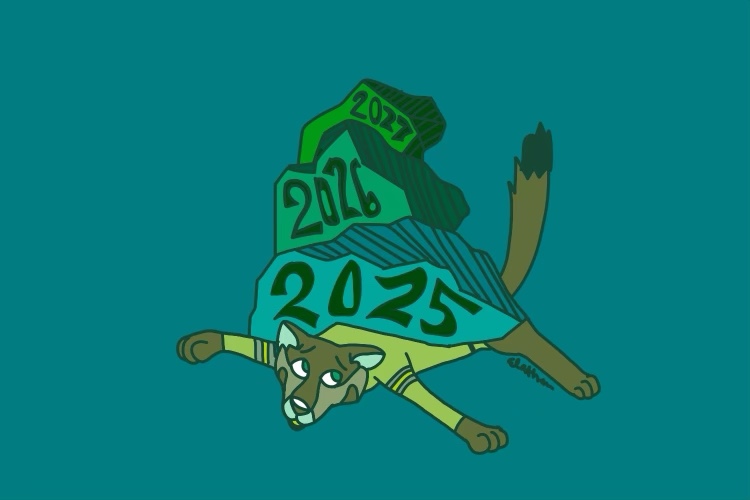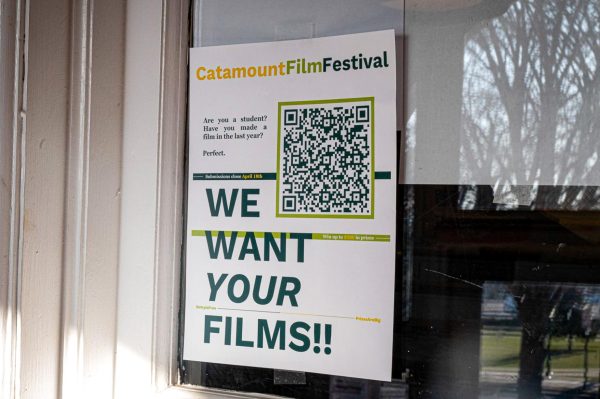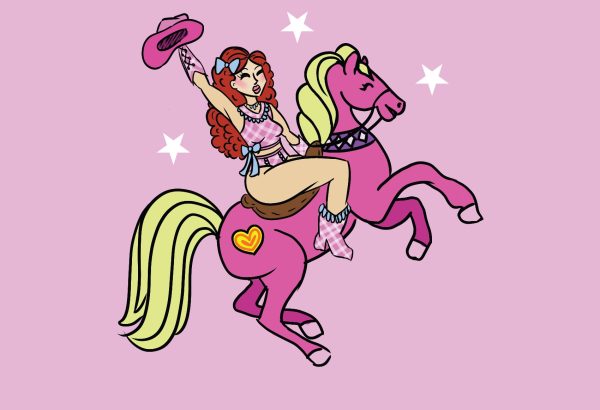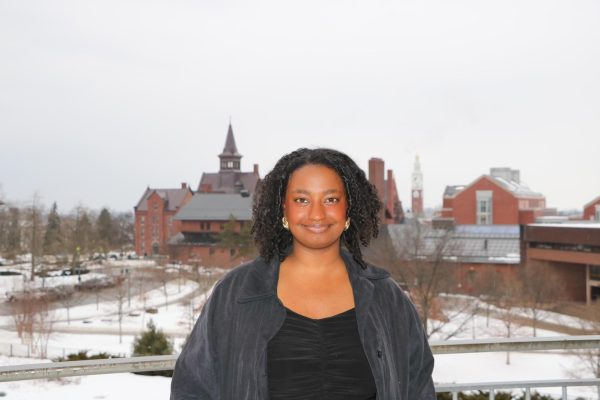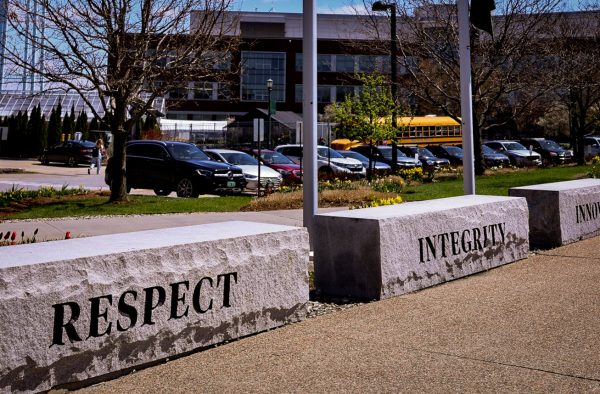The side effects of UVM’s growth
UVM is on an upward trend towards becoming a more competitive, reputed institution. But with growth there are always some growing pains.
The University of Vermont saw a record number of applicants in spring 2022, receiving almost 30,000 applications. The Class of 2026 is not only record-breaking due to application and acceptance volume, but it also represents the highest achieving class yet, according to a May 4, 2022 UVM Today article.
Daniel Fogel, an English professor at UVM, served as the twenty-fifth president of the University for nine years, ushering in an era of change and growth—a path the school continues to follow today.
“It was very exciting to come into a university that had tremendous potential but that had been perceived to be at the tail end of a period of decline,” Fogel said.
Fogel founded the Honors College, acquired Trinity campus, elevated the school’s academic profile and oversaw the construction of the Davis Center, he said.
When laying out his 10-year plan for Vermont in 2002, Fogel faced certain resistance among board members and faculty who were reluctant to watch UVM turn away from a smaller, liberal arts focus into a larger institution, Fogel said.
Fast-forward some 20 years and UVM is gaining a reputation as a research institution with opportunities for hands-on work, according to an Oct. 14, 2021 UVM Today article.
Additionally, UVM has seen its most selective admissions rate in almost 30 years and its most diverse class, according to the May 4, 2022 UVM Today article.
Of course, students are also facing forced triples, larger class sizes and a housing crisis on campus and in Burlington.
“Growing the school is an obvious stratagem to follow if you need to maintain a resource base without increasing tuition,” Fogel said.
UVM President Suresh Garimella has frozen tuition for the past five years, creating better access and affordability for students.
Though freezing tuition is a wonderful decision to help make higher education more accessible to people with various social means, UVM receives very little public funding as a public institution—simply due to the state’s small population and priorities, Fogel said.
Therefore, in order for UVM to continue to fund itself and its projects without creating deep debt, a larger student body and the ensuing effects are simply part of growing pains.
Right now, vacancies in Burlington’s long-term housing rentals are estimated to be less than 1%, according to a May 25, 2022 VTDigger article. UVM is also asking the city for permission to build more dorms on Trinity campus to deal with student population fluctuations.
One criticism of UVM’s proposal for building on Trinity campus was the fear of losing green space, demonstrating how the school encounters certain opposition due to cultural aspects of Vermont.
The more urban campus that would result from loss of green space is a source of apprehension towards accommodating UVM’s growth.
While certainly true that part of the charm of attending UVM is the small-town, outdoorsy culture—exemplified by this concern around green space—in order to catch up with the growing population of the school, some expectations around maintaining Burlington’s quaintness must be balanced with dealing with issues like housing.
Professor Fogel also lamented the larger class sizes, saying that though he likes having big classes full of bright students, he sometimes wishes his classes were smaller.
“I hope it’s just part of the phase transition where we acquire more resources,” Fogel said.
Evidently, UVM is in a time of development. Students cannot expect problems to be resolved as soon as they arise.
Students also cannot expect a tuition-dependent school to accept fewer students during a time of growth because once the infrastructure adapts to the slightly larger population, and if more dorms are built, UVM will be greatly benefited.
So, as uncomfortable as it can be to have larger classes, a forced triple and a housing crisis looming above everyone’s heads, students should be patient while the school is adapting. Despite those inconveniences, UVM is becoming more diverse, more reputable and more opportune.
Just as humans face growing pains, so do institutions. When has growth never been worth the struggle once you reach the other side?


